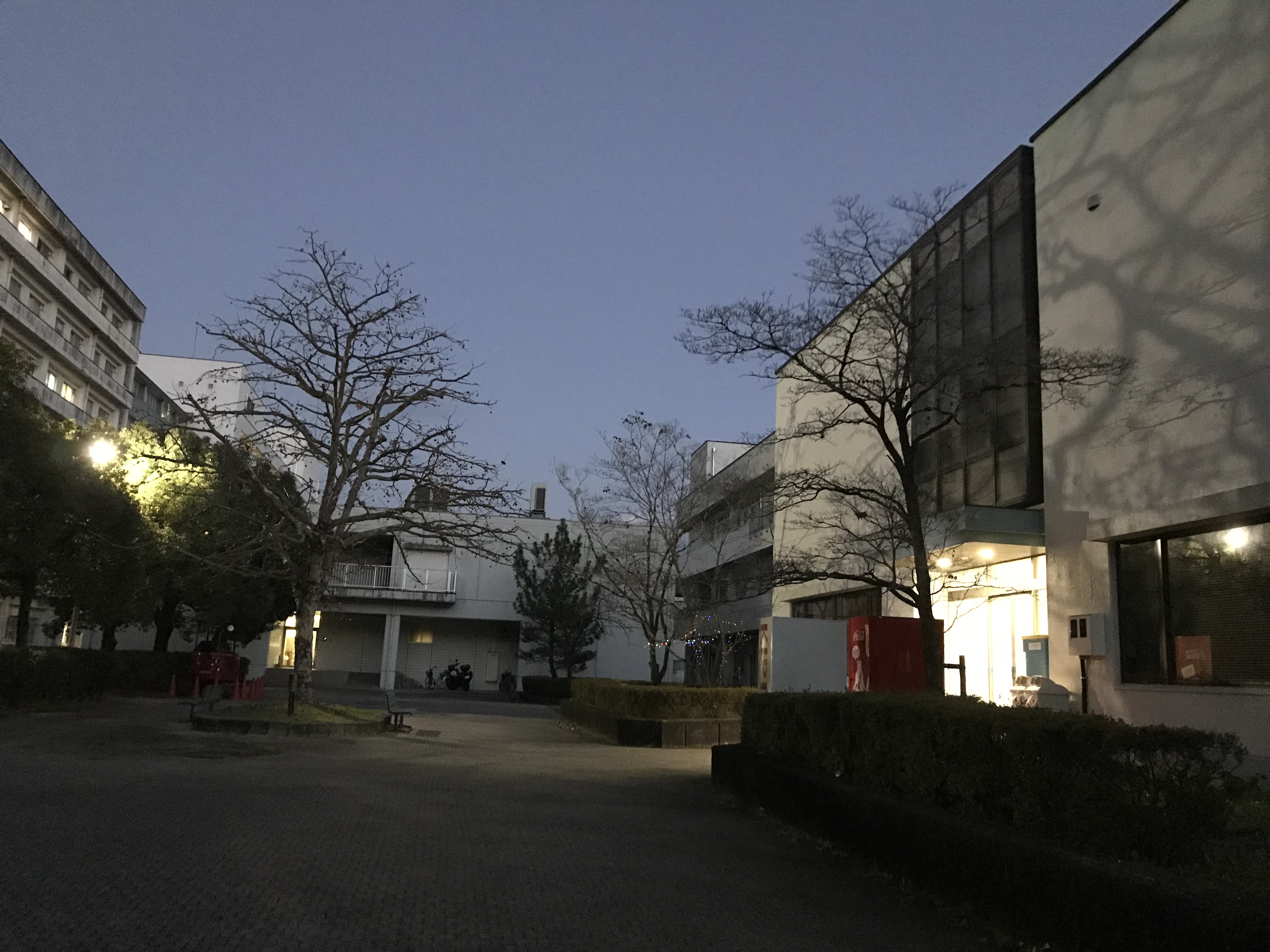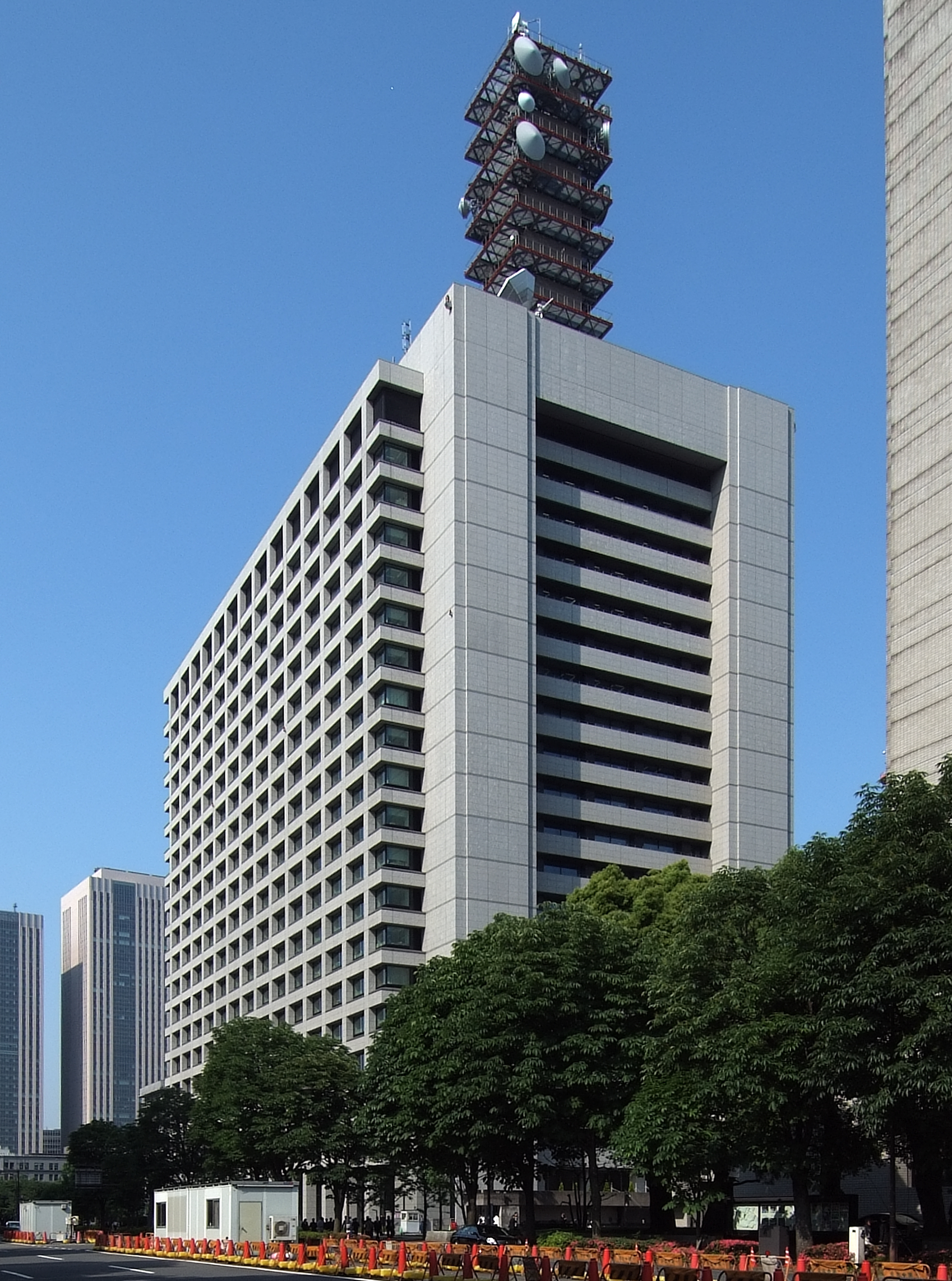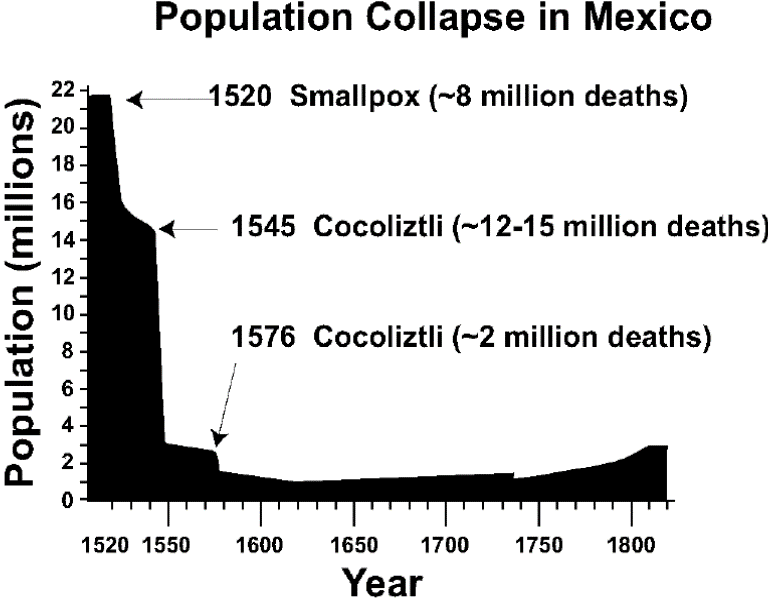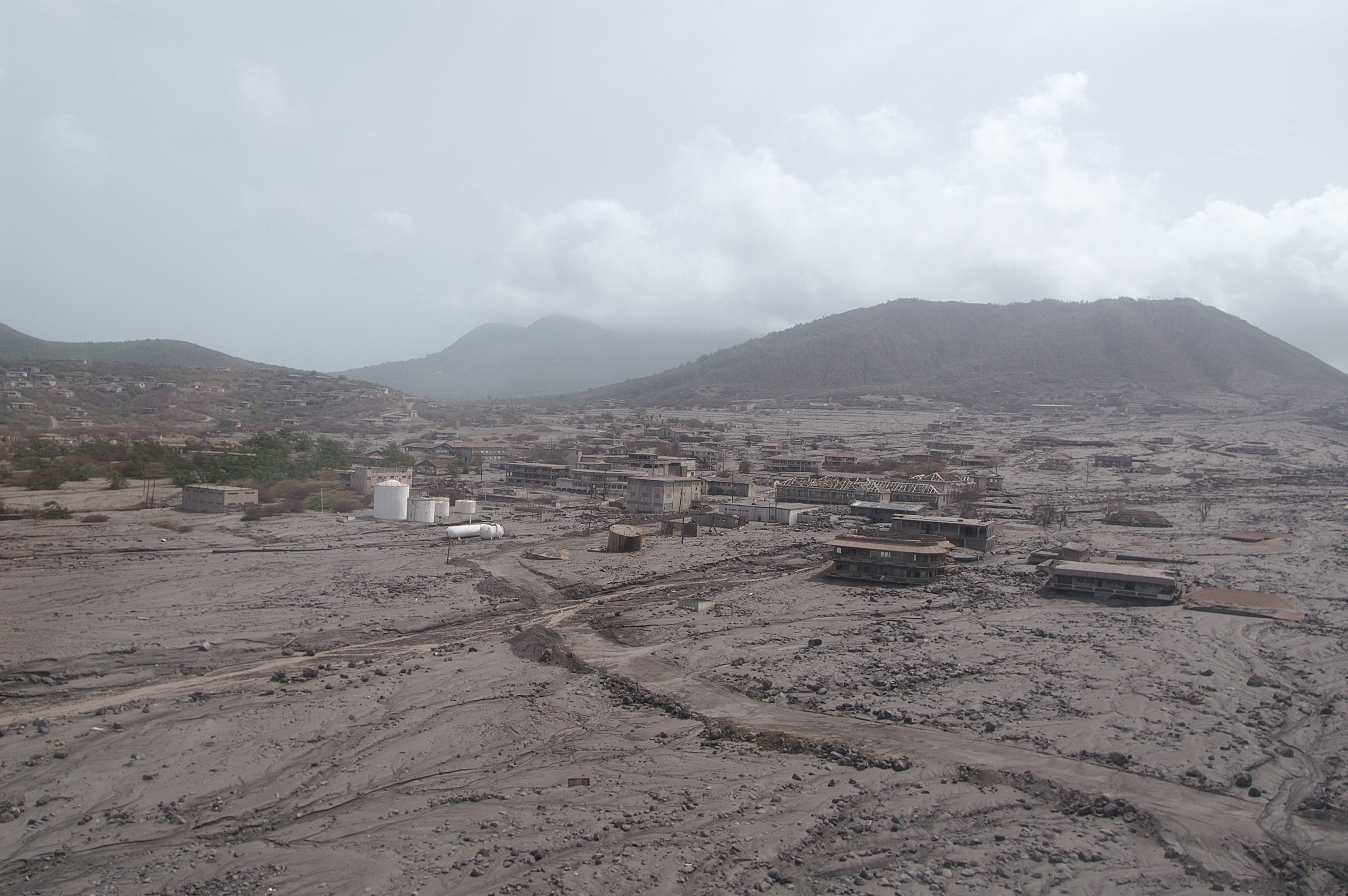|
Genkai Shūraku
is any village or hamlet within a merged town or village in Japan that has experienced depopulation and in danger of disappearing altogether, largely because half of the people living there reach the age of 65 and over. Such villages are typically found in mountainous areas and remote islands. Communities facing these conditions have witnessed a rapid decline in local government functions, road maintenance, and ceremonial activities, and are at risk of losing these altogether. History Akira Ōno, a professor of emeritus at Nagano University first proposed the concept in 1991 while teaching humanities at Kōchi University. A number of surveys have been conducted to explore the phenomenon. In 2005 the Ministry of Agriculture, Forestry and Fisheries commissioned a rural development committee to do a survey on the true state of genkai shuraku (March 2006). According to the results, there were an estimated 1403 villages that were found to be in danger. These results were based on c ... [...More Info...] [...Related Items...] OR: [Wikipedia] [Google] [Baidu] |
Japan
Japan is an island country in East Asia. Located in the Pacific Ocean off the northeast coast of the Asia, Asian mainland, it is bordered on the west by the Sea of Japan and extends from the Sea of Okhotsk in the north to the East China Sea in the south. The Japanese archipelago consists of four major islands—Hokkaido, Honshu, Shikoku, and Kyushu—and List of islands of Japan, thousands of smaller islands, covering . Japan has a population of over 123 million as of 2025, making it the List of countries and dependencies by population, eleventh-most populous country. The capital of Japan and List of cities in Japan, its largest city is Tokyo; the Greater Tokyo Area is the List of largest cities, largest metropolitan area in the world, with more than 37 million inhabitants as of 2024. Japan is divided into 47 Prefectures of Japan, administrative prefectures and List of regions of Japan, eight traditional regions. About three-quarters of Geography of Japan, the countr ... [...More Info...] [...Related Items...] OR: [Wikipedia] [Google] [Baidu] |
Aging Of Japan
Japan has the highest proportion of elderly citizens of any country in the world. 2014 estimates showed that about 38% of the Japanese population was above the age of 60, and 25.9% was above the age of 65, a figure that increased to 29.1% by 2022. By 2050, an estimated one-third of the population in Japan is expected to be 65 and older. Population aging in Japan preceded similar trends in other countries, such as South Korea and China. The ageing of Japanese society, characterized by sub-replacement fertility rates and high life expectancy, is expected to continue. Japan had a post-war baby boom between 1947 and 1949, followed by a prolonged period of low fertility. These trends resulted in the decline of Japan's population after reaching a peak of 128.1 million in October 2008. In 2014, Japan's population was estimated to be 127 million. This figure is expected to shrink to 107 million (by 16%) by 2040 and to 97 million (by 24%) by 2050 if this current demographic trend ... [...More Info...] [...Related Items...] OR: [Wikipedia] [Google] [Baidu] |
Kōchi University
is List of national universities in Japan, one of the 86 national universities of Japan located in Kōchi, Kōchi, Kōchi, Kōchi Prefecture. The predecessors Toya-gakusha (later Kochi Normal School) was founded in 1874, Kochi Higher School in 1922, Kochi prefecture Teacher Training Institute for Agriculture Associated School in 1923, and it was chartered as a university in 1949. Faculties and affiliated units *Faculty of Humanities and Social Sciences **Department of Humanities and Social Sciences **Graduate School of Integrated Arts and Sciences *Faculty of Education **Kindergarten, Elementary School, Junior High School, Special Education School **Center for Educational Research and Teacher Development **Graduate School of Integrated Arts and Sciences *Faculty of Science and Technology **Department of Mathematics and Physics **Department of Information Science **Department of Biological Sciences **Department of Chemistry and Biotechnology **Department of Global Environment and ... [...More Info...] [...Related Items...] OR: [Wikipedia] [Google] [Baidu] |
Ministry Of Agriculture, Forestry And Fisheries (Japan)
Ministry may refer to: Government * Ministry (collective executive), the complete body of government ministers under the leadership of a prime minister * Ministry (government department), a department of a government Religion * Christian ministry, activity by Christians to spread or express their faith ** Minister (Christianity), clergy authorized by a church or religious organization to perform teaching or rituals ** Ordination, the process by which individuals become clergy * Ministry of Jesus The ministry of Jesus, in the canonical gospels, begins with Baptism of Jesus, his baptism near the River Jordan by John the Baptist, and ends in Jerusalem in Christianity, Jerusalem in Judea, following the Last Supper with his Disciple (Chri ..., activities described in the Christian gospels * ''Ministry'' (magazine), a magazine for pastors published by the Seventh-day Adventist Church Music * Ministry (band), an American industrial metal band * Ministry of Sound, a Lond ... [...More Info...] [...Related Items...] OR: [Wikipedia] [Google] [Baidu] |
Ministry Of Land, Infrastructure, Transport And Tourism (Japan)
The , abbreviated MLIT, is a ministry of the Japanese government.国土交通省設置法 , Ministry of Internal Affairs and Communications. It is responsible for one-third of all the laws and orders in Japan and is the largest Japanese ministry in terms of employees, as well as the second-largest executive agency of the Japanese government after the Ministry of Defense. The ministry oversees four external agencies including the , the |
Depopulation
Population decline, also known as depopulation, is a reduction in a human population size. Throughout history, Earth's total human population has continued to grow but projections suggest this long-term trend may be coming to an end. From antiquity until the beginning of the Industrial Revolution, the global population grew very slowly, at about 0.04% per year. After about 1800, the growth rate accelerated to a peak of 2.1% annually during the 1962–1968 period, but since then, due to the worldwide collapse of the total fertility rate, it has slowed to 0.9% as of 2023. The global growth rate in absolute numbers accelerated to a peak of 92.8 million in 1990, but has since slowed to 70.4 million in 2023. Long-term projections indicate that the growth rate of the human population of the planet will continue to slow and that before the end of the 21st century, it will reach zero. Examples of this emerging trend are Japan, whose population is currently (2023) declining at the ra ... [...More Info...] [...Related Items...] OR: [Wikipedia] [Google] [Baidu] |
Ghost Town
A ghost town, deserted city, extinct town, or abandoned city is an abandoned settlement, usually one that contains substantial visible remaining buildings and infrastructure such as roads. A town often becomes a ghost town because the economic activity that supported it (usually industrial or agricultural) has failed or ended for any reason (e.g. a host ore deposit exhausted by mining). The town may have also declined because of natural or human-caused disasters such as floods, prolonged Drought, droughts, extreme heat or extreme cold, government actions, uncontrolled lawlessness, war, pollution, or nuclear and radiation accidents and incidents, nuclear and radiation-related accidents and incidents. The term can sometimes refer to cities, towns, and neighborhoods that, though still populated, are significantly less so than in past years; for example, those affected by high levels of unemployment and dereliction. Some ghost towns, especially those that preserve period-specific ... [...More Info...] [...Related Items...] OR: [Wikipedia] [Google] [Baidu] |
Hikyō Station
A , or "secluded station", is the Japanese language name for railway stations that are little used and isolated. Photographers and rail fans visit the stations to take photos of historical stations and trains or photos of nature. The Japanese term was invented by Takanobu Ushiyama and his friends when he began a website in 1999 dedicated to these stations. He subsequently wrote two books: ''Hikyo-eki e Iko!'' ("Let's Go to ''Hikyō'' Stations!"), published by Shogakukan Inc. in 2001 and ''Motto Hikyo-eki e Iko!'' ("Let's Go to More ''Hikyō'' Stations!"), published in 2003. The term is now also used in other countries like Taiwan, especially among train fans. Summary ''Hikyō'' stations are generally located in areas that previously had a sizeable human population due to mountain climbing and related activities, but currently have very few inhabitants and houses. Because of this lack of population, trains no longer make regular stops, and train and rail fans have adopted t ... [...More Info...] [...Related Items...] OR: [Wikipedia] [Google] [Baidu] |
Population
Population is a set of humans or other organisms in a given region or area. Governments conduct a census to quantify the resident population size within a given jurisdiction. The term is also applied to non-human animals, microorganisms, and plants, and has specific uses within such fields as ecology and genetics. Etymology The word ''population'' is derived from the Late Latin ''populatio'' (a people, a multitude), which itself is derived from the Latin word ''populus'' (a people). Use of the term Social sciences In sociology and population geography, population refers to a group of human beings with some predefined feature in common, such as location, Race (human categorization), race, ethnicity, nationality, or religion. Ecology In ecology, a population is a group of organisms of the same species which inhabit the same geographical area and are capable of Sexual reproduction, interbreeding. The area of a sexual population is the area where interbreeding is possi ... [...More Info...] [...Related Items...] OR: [Wikipedia] [Google] [Baidu] |





